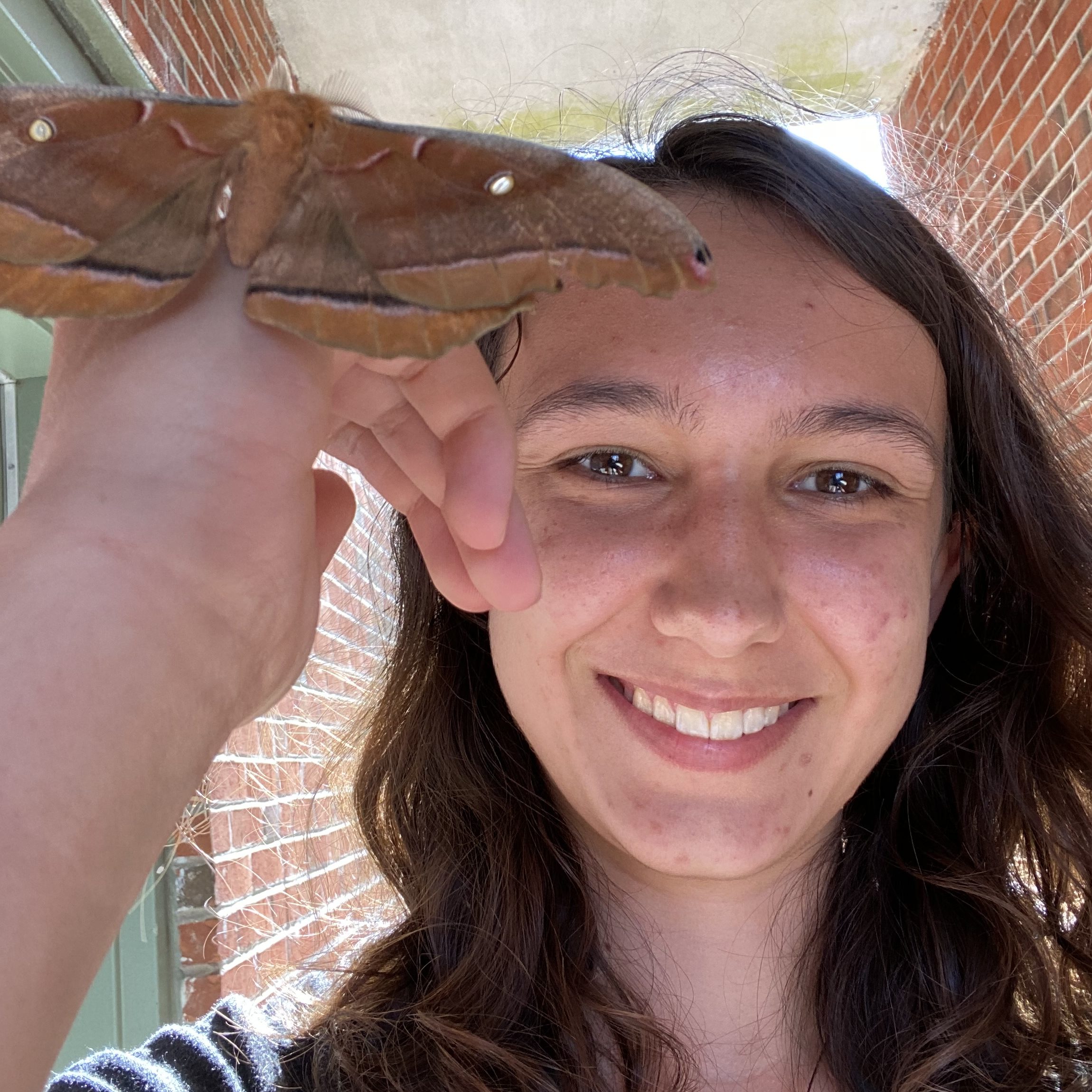
Now that December’s here, it’s time for Christmas-themed arthropods! On first glance you probably wouldn’t pick thorn bugs to ring in the season, but you’ve got to admit that they look a lot like tiny Christmas trees when you’re in a holiday mood.
While I’m tempted to call them “Christmas tree bugs” to fit the season, I really don’t have a problem with the name “thorn bug.” These guys really do look like thorns, and they’re actually true bugs in the order Hemiptera. More specifically, thorn bugs are species of treehoppers that belong to the infraorder Cicadamorpha along with cicadas (duh), which explains their resemblance to said fellow bugs – minus the giant back spike, of course.
Aside from looking cool, that big spike (called a pronotum if you want to be fancy) fools predators into thinking that the thorn bug is just a thorn on a branch. It also helps protect the insect if its foes get too close – thorn bugs aren’t dangerous to humans, but their thorn may inadvertently stick you just like the real thing if you pick them up wrong.
Unfortunately, these funny-looking fellas don’t always bring tidings of comfort and joy. Found in South and Central America as well as Mexico and Florida, thorn bugs are regarded as pests that suck the sap from fruit trees and ornamental trees with their proboscises. As they often travel in groups, a colony of thorn bugs can damage tree health by causing defoliation and even the death of particular branches that have been sucked dry. They also attract ants and other insects with the honey dew they secrete. However, I’d still consider them relatively mild pests, especially since they don’t actually eat the trees’ fruit.
Like a lot of the arthropods we’ve discussed before, thorn bugs are surprisingly great family bugs. The mother thorn bug will cut a groove into the bark of a tree to lay her eggs in and continue to guard her brood long after they hatch. The newly hatched nymphs do possess two more thorns than their parents, but they’re unable to fly and have softer bodies, so the extra protection is very much appreciated. Mother thorn bugs watch over their broods even as they shed their exoskeletons for the last time to emerge as full-fledged adults, guarding the temporarily soft-bodied but mature thorn bugs from any shifty predators lurking nearby. Because of this fierce maternal protection, thorn bug nymphs have a relatively high survival rate of 50%.
Thorn bugs are typically active year-round and become more active as it gets colder, so the idea of seeing one of these crawling Christmas trees around the holidays isn’t too farfetched if you live within their habitat range. In fact, thorn bugs would make great caroling buddies – they’re known for their variety of calls and sounds, so like wintertime cicadas, they’d make for some great background music!
Of course, they only know Christmas tree songs, so uh… I hope you really like “O Tannenbaum.”

4 responses to “Holly Jolly Thorn Bugs”
How fascinating! Cool little bugs! Thanks for sharing …Merry Christmas and Happy New Year to you! 😊
LikeLiked by 1 person
Thank you!! Merry Christmas and Happy New Year to you, too! 😄🎄
LikeLiked by 1 person
Your informative and entertaining blogs are always a treat to read. “Don’t always bring tidings of comfort and joy” and “great caroling buddies” are my personal favorites 🙂
Merry Christmas to the thorn bugs and to you!
LikeLiked by 1 person
Thanks so much Kathryn, I’m so glad you’re enjoying reading them! Merry Christmas to you, too!! 🎄😄
LikeLike